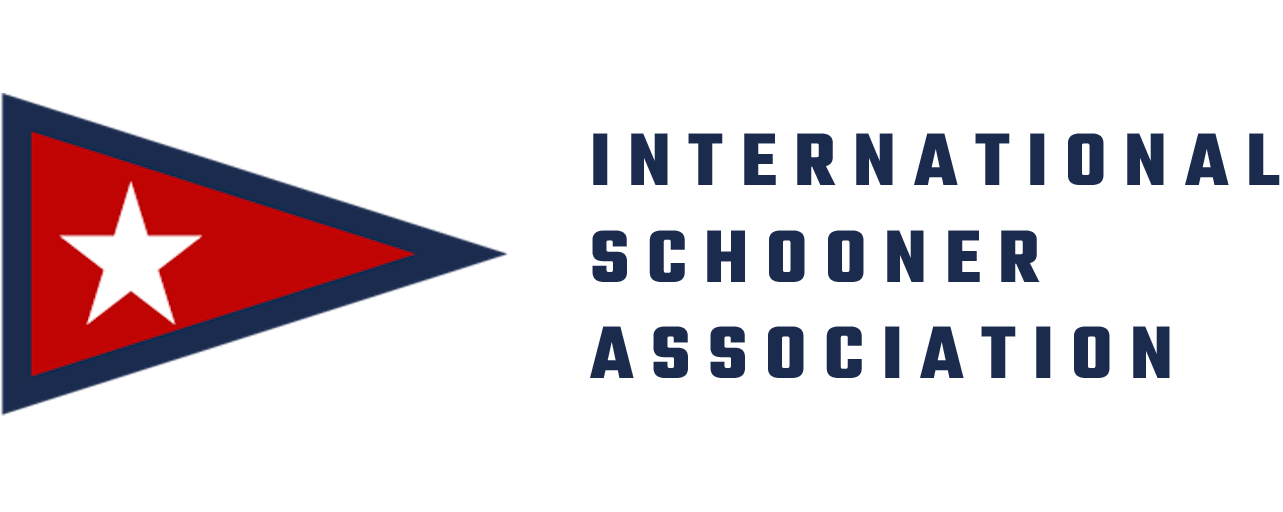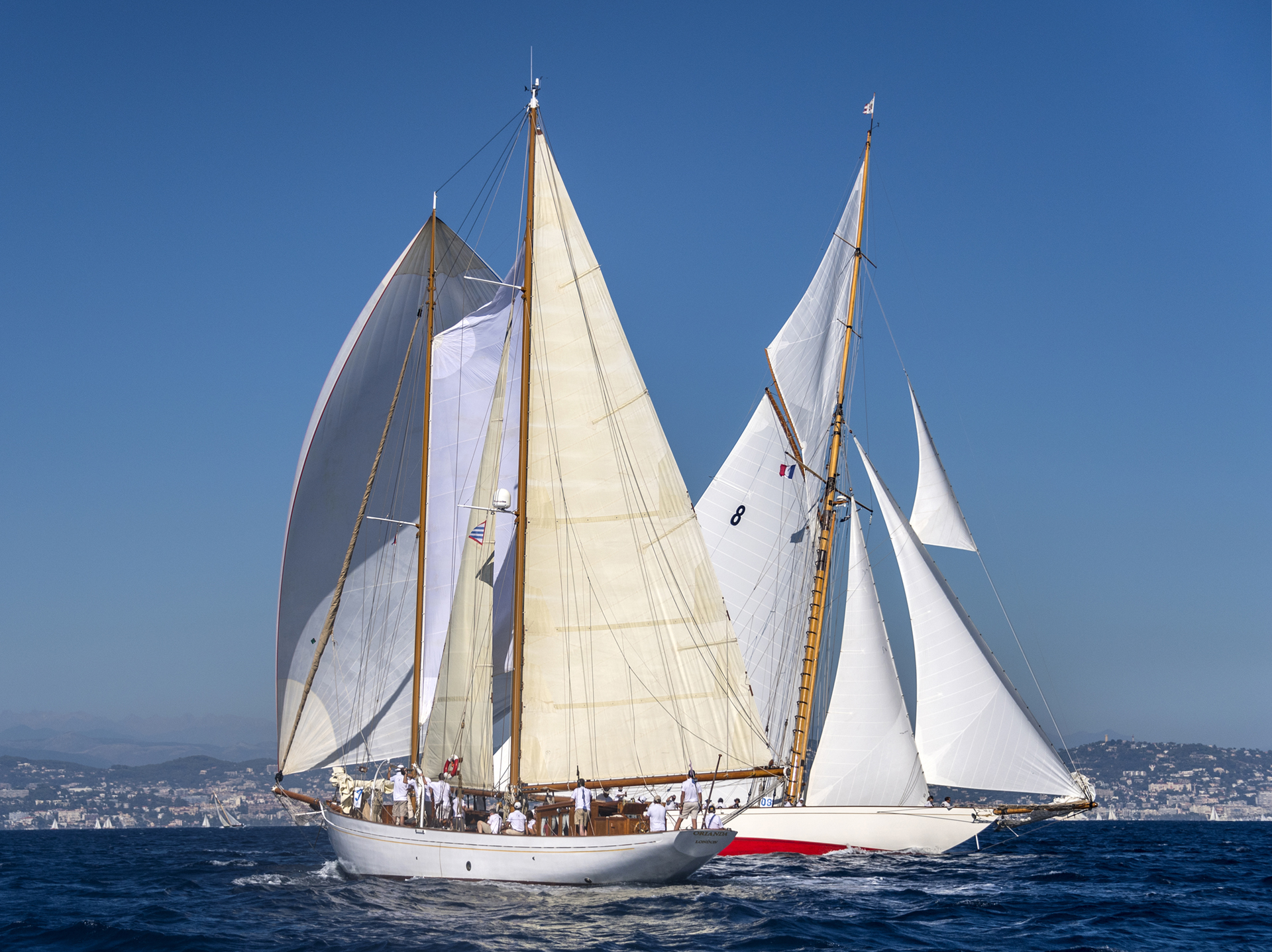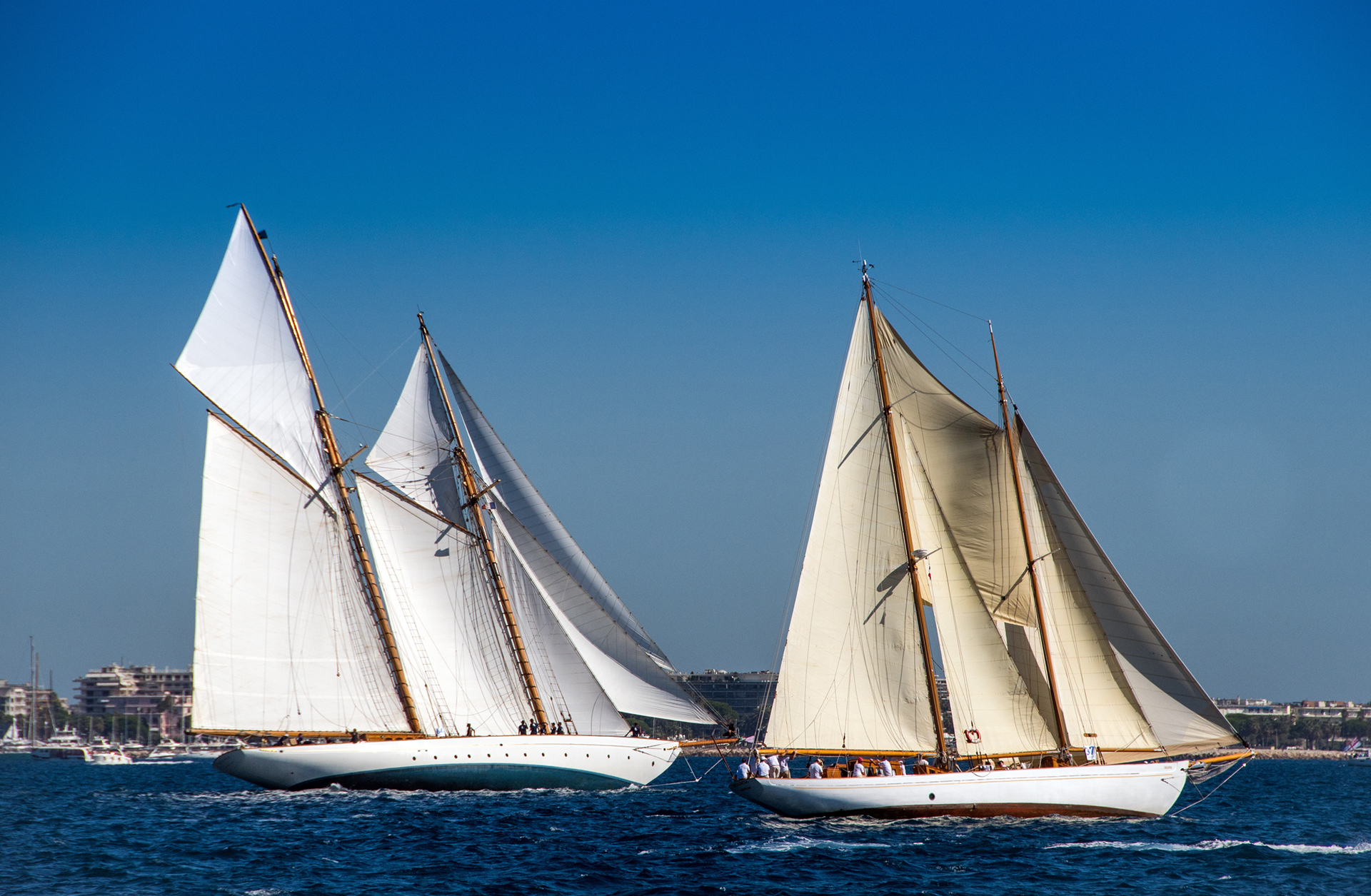1980’s
It isn’t until 1981 that the vessel reappears in Tortola, British Virgin Islands, renamed Orianda and is now owned by another Frenchman, this time from from Marseille. Most likely, a broker.
.
In 1981 Orianda was sold by her French owners to Neil Peart, lead drummer of the popular Canadian rock band called RUSH.
.
As stated in Neil Peart’s autobiography “Roadshow” and in subsequent correspondence, “My friends and I bought Orianda from an old Frenchman in Antigua, and I know our Captain Mike tried to track down some history, but didn’t come up with much — just the Norwegian connection, and that the boat had originally been based in the Mediterranean. During my time of ownership (I’m guessing, but roughly around 1981 – 1987), we were mainly in the British Virgin Islands, then towards the end, in Fort Lauderdale and Newport (seeking a buyer!).”
.
Taken from Neil Peart: “We had been tracking up the Sir Francis Drake Channel most of the day, on a leisurely zig-zag course to Virgin Gorda. At the wheel was our stalwart guest helmsman, Geddy, with Captain Mike and myself reclining in the stern and offering directions. We all watched the pennant halfway up the starboard shrouds, gauging our attitude to the wind. Up forward, First Mate Keith and Deck Steward Tom stood by the sheet for the Yankee jib, ready to wrestle it across the deck for the upcoming tack.
.
Captain Mike decided that we were close enough to land now to make the manoeuvre, so that if we ran out of wind he could walk to shore! He gave the helmsman his instructions:
.
“Okay, call out ‘prepare to come about’, and spin the wheel hard over to starboard.”
“That’s right, right?”
“Right!”
“prepare to come about”
Captain Mike laughed his best “dirty old sailor” laugh; “They’ve got to hear you up there, YELL it out!”
“oh … PREPARE TO COME ABOUT!!!”
“Better” …
.
Last night Geddy played me some of the things he had been working on at home. He had an electronic instrumental that would become the basis for “The Weapon”, a new extended intro for “Vital Signs” live, and a couple of other ideas that we haven’t yet used.
.
That night as we lay at anchor in Virgin Gorda, Geddy and I went down below after dinner, and I showed him some of the work that I had been doing. I had written “The Analog Kid” as sort of a companion piece to “Digital Man”, which had been written last fall up at Le Studio. He liked it, and we discussed different ways it could be treated musically. As we often do, we thought it would be interesting to take the opposite approach to what the lyrics would suggest; make it a very up-tempo rocker, with some kind of a dynamic contrast for the choruses. We also looked at a rough version of “The Weapon” that I had put together, and agreed that it would need some more work. He told me what he liked, and what he didn’t like, and gave me some good points to go to work on. We put an end to the “shoptalk” and went back to our holidays.”
.
Peart and his friends owned the boat until 1987, when she was sold to Mr Peter Phillips, in Tortola, British Virgin Islands for a reported, £150,000.00.
.
A day after Mr Phillips purchased Orianda, her stern caught fire, “She was at anchor in the harbour of West End Tortola. The party had just gone ashore and the next thing, everyone in the bay is charging across to Orianda with their buckets and fire extinguishers. Fortunately, the hatches were all open so much, that the fire, which had started over the main engine beneath the deckhouse, was funnelled out but it lipped up through the main companionway, the mainsail caught and the molten synthetic sailcloth dripped down on the deck to run all over the place. Being in the heat of the fire, the fuel tanks were in serious danger of exploding and, in the end the skipper ordered everyone off the boat.
.
But Orianda had numerous friends in the British Virgin Islands, she represented them during the American Bicentennial celebrations in New York, and there were a couple of very determined West Indian guys who just wouldn’t give up. They formed a chain of buckets and fire extinguishers and went on fighting. In the end, they saved her, the tanks didn’t explode and the fire was eventually put out. She was in a really sorry state, apparently gutted from just forward of the pilot house aft. Within two days I had gone from being the proud owner of a classic yacht to a man with a nightmare problem”.
.
Peter was left with only a partial cover from the insurance. In order to raise the balance to restore the boat, he threw a fund-raising party on board and was able to raise sufficient funds to save the boat. The restoration took approximately five months with the workforce at times counting as many as sixteen people. Orianda was restored to her former glory.
.
1* 1980's - Neal Peart (second from left) with his Canadian rock band, RUSH
2* The destruction to the stern after the fire (1987)
3* Orianda in Tortola, British Virgin Islands in 1987 after the fire
4* Orianda sailing a Panamanian flag in the 1980's






